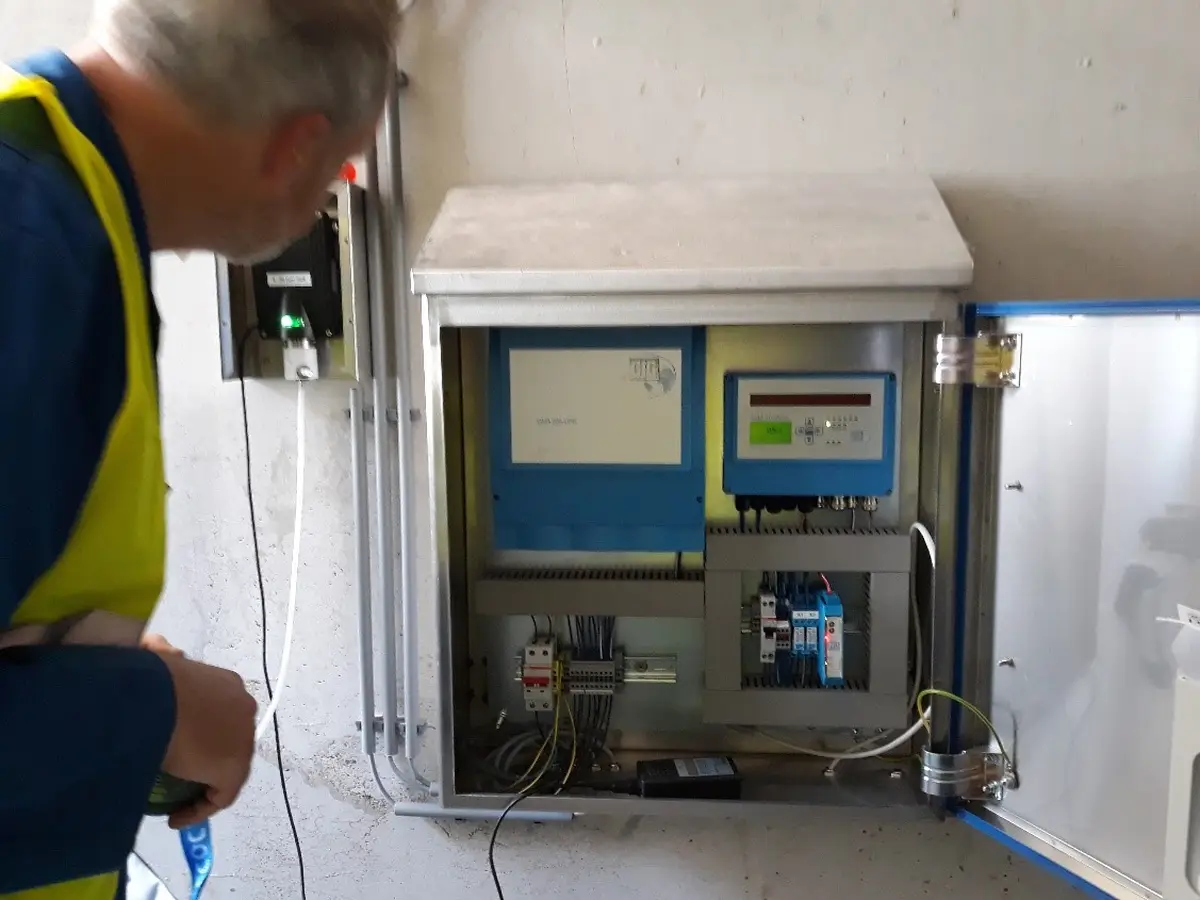Advice, Installation, and Commissioning of Stationary Gas Detection
Alerting in Dangerous Situations
 Ravebo B.V. has extensive experience in various applications.
Ravebo B.V. has extensive experience in various applications.
Stationary gas detection primarily serves the purpose of triggering an alert when a potentially hazardous situation arises due to the presence of a specific gas concentration. Sensors with various detection principles are used, typically integrated into a transmitter. The transmitter can be powered and connected to an alarm system via a controller. Applications are highly diverse.
Let us help you find the right solution
Get in touch today!
Get in touch today!
Experience in Various Applications

- Monitoring gas conditions in fruit storage facilities;
- Monitoring oxygen levels in cargo areas during transport with readout in the driver's cabin;
- Monitoring toxic gas concentrations near processes where such gases may be released;
- Measuring toxic gases before entering a confined space, such as processes where H2S is continuously present. Stationary detection provides an initial indication of whether it is safe to enter. In practice, personal gas detectors are also used.
- Monitoring oxygen levels in areas at risk of oxygen displacement due to nitrogen leaks;
- Monitoring toxic gas concentrations of sulfur dioxide (SO2) and carbon monoxide (CO) near furnaces in metal recycling to timely detect potential worker exposure;
- Monitoring ammonia (NH3) near storage tanks to detect possible leaks;
- Monitoring hydrogen (H2) and chlorine (Cl2) near membrane processes where these gases are released.
